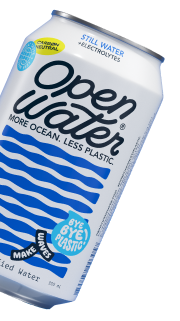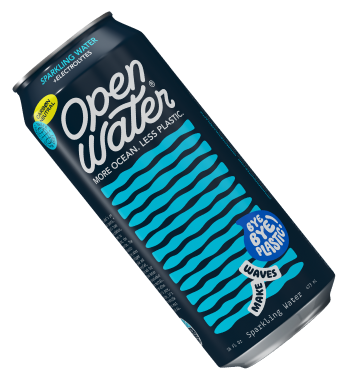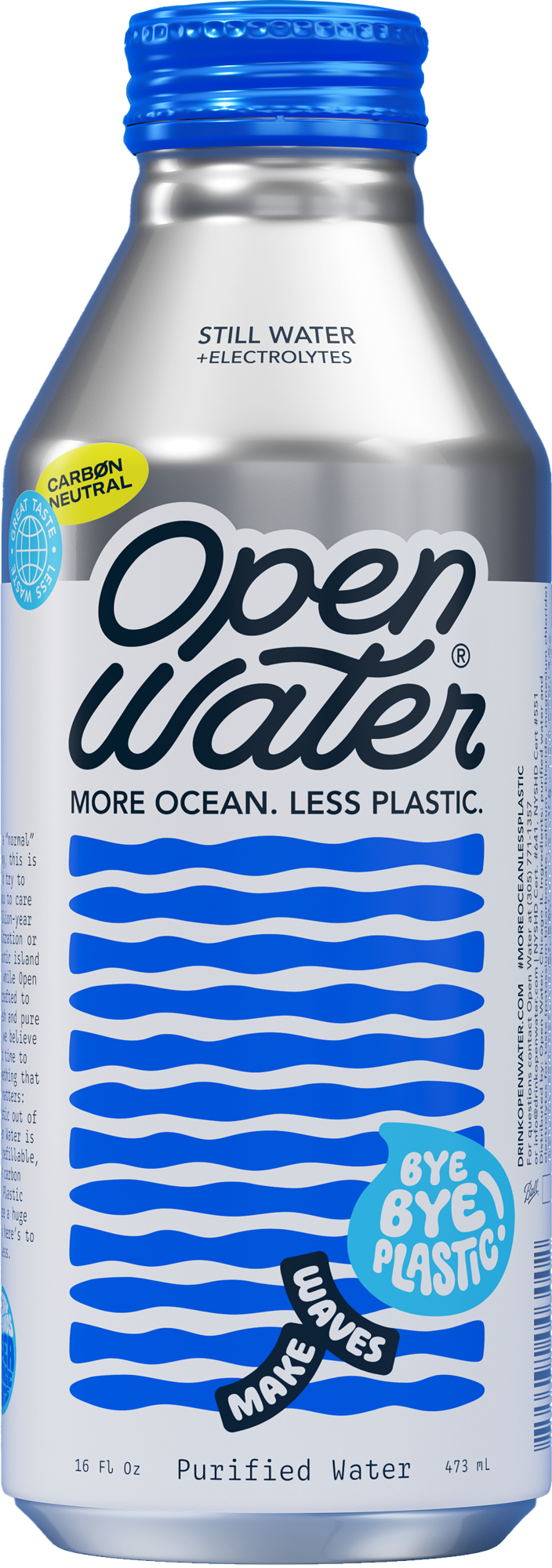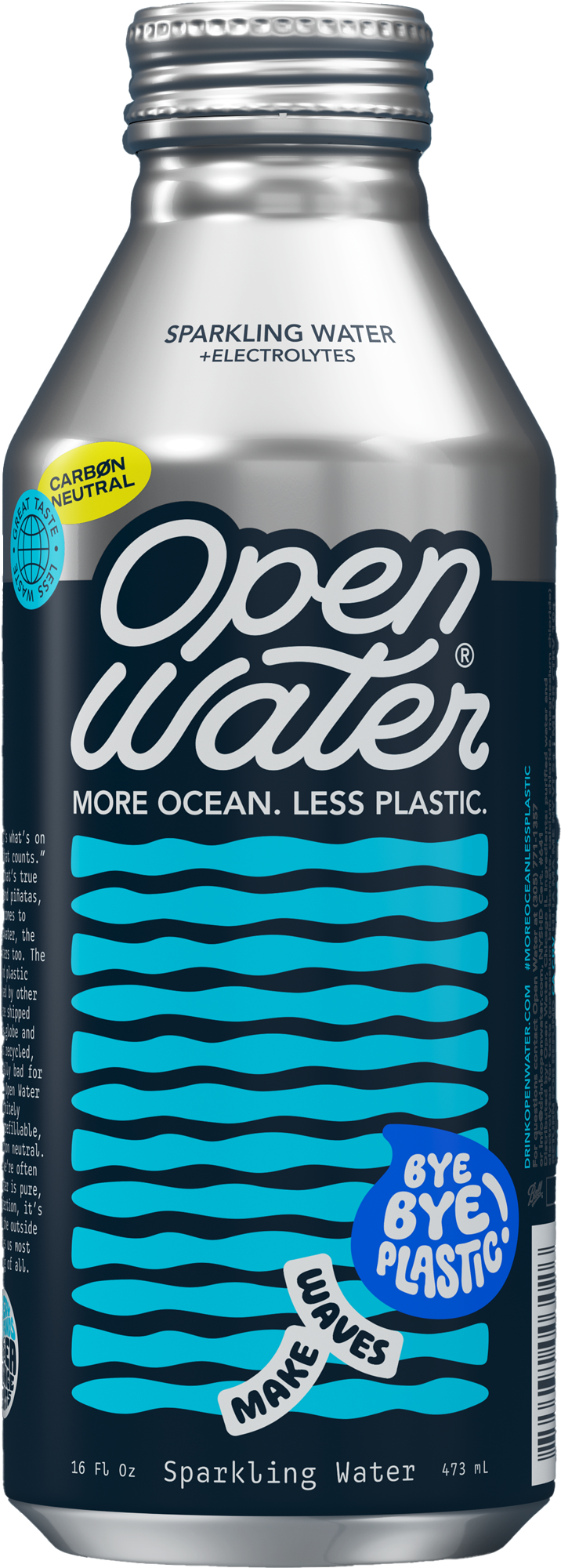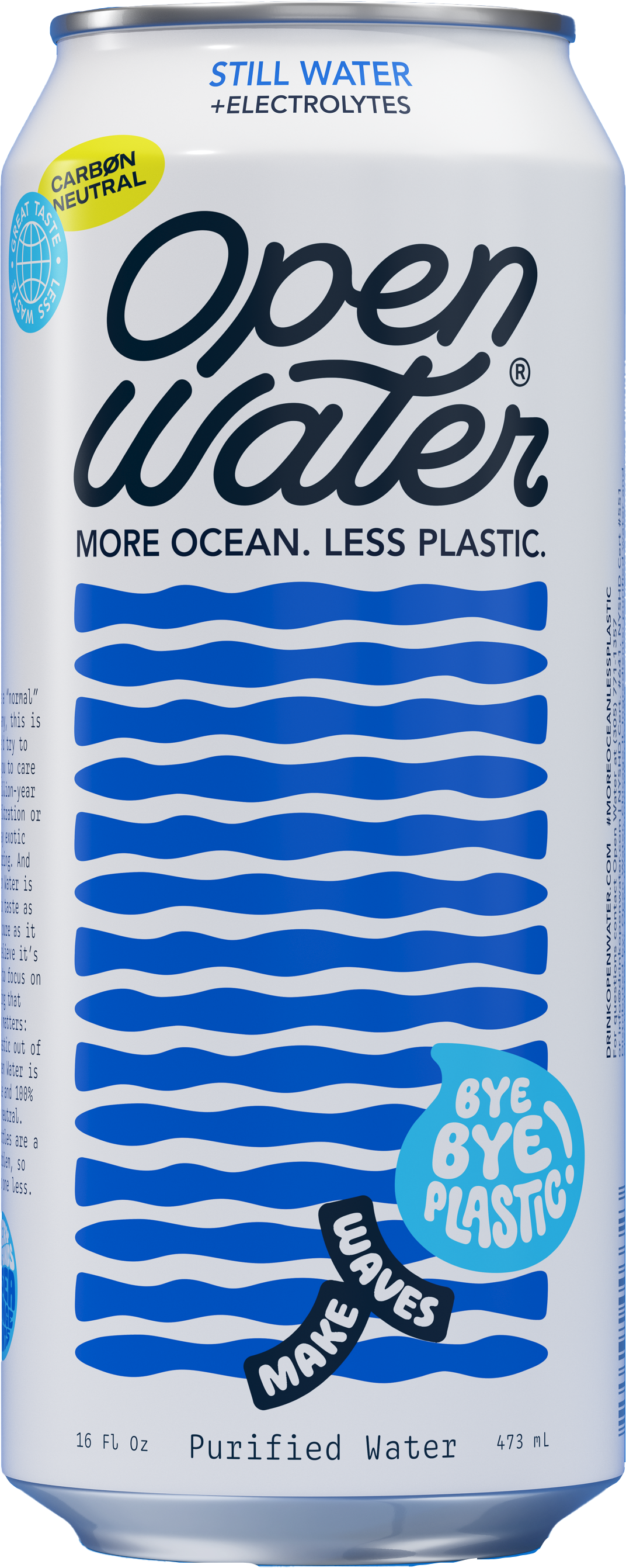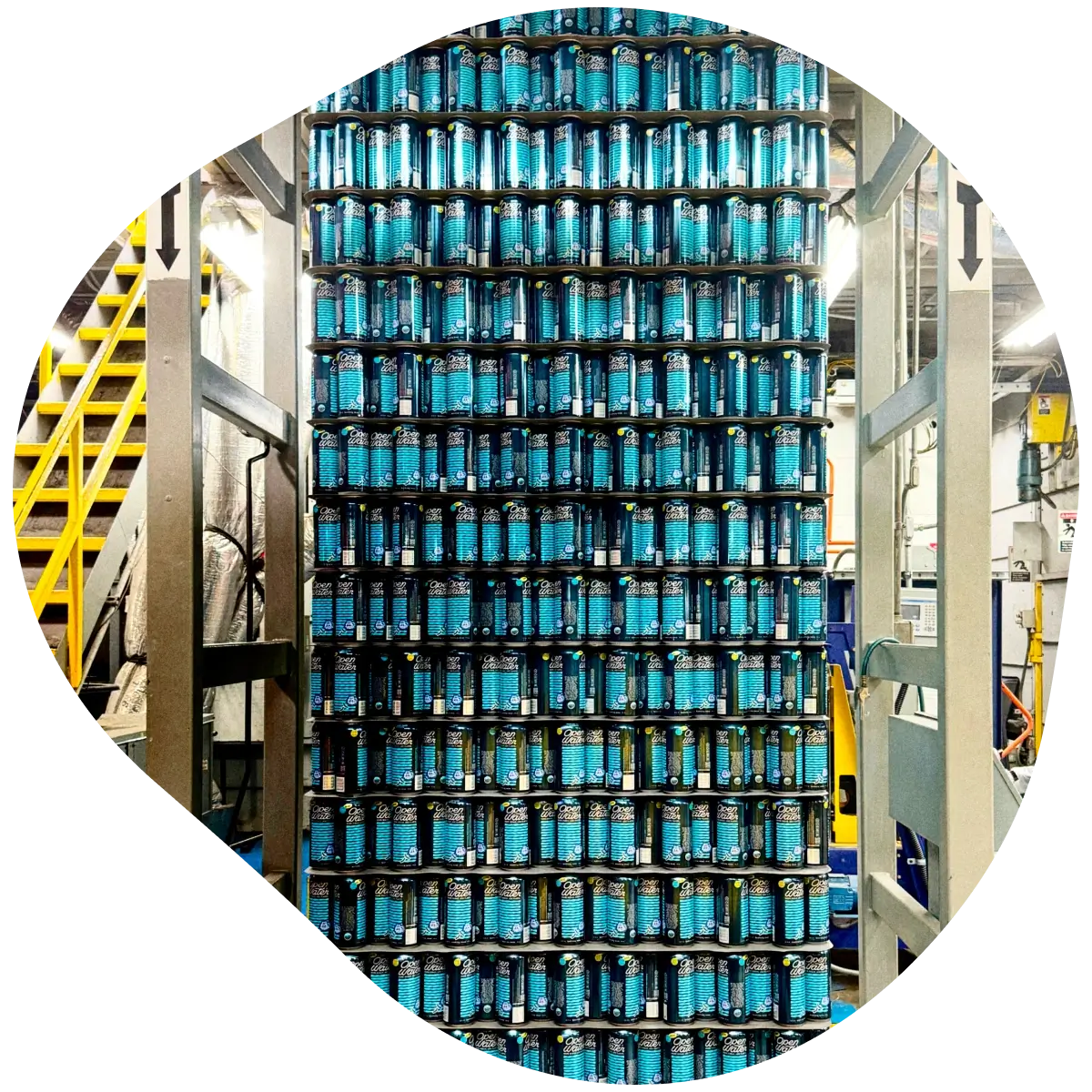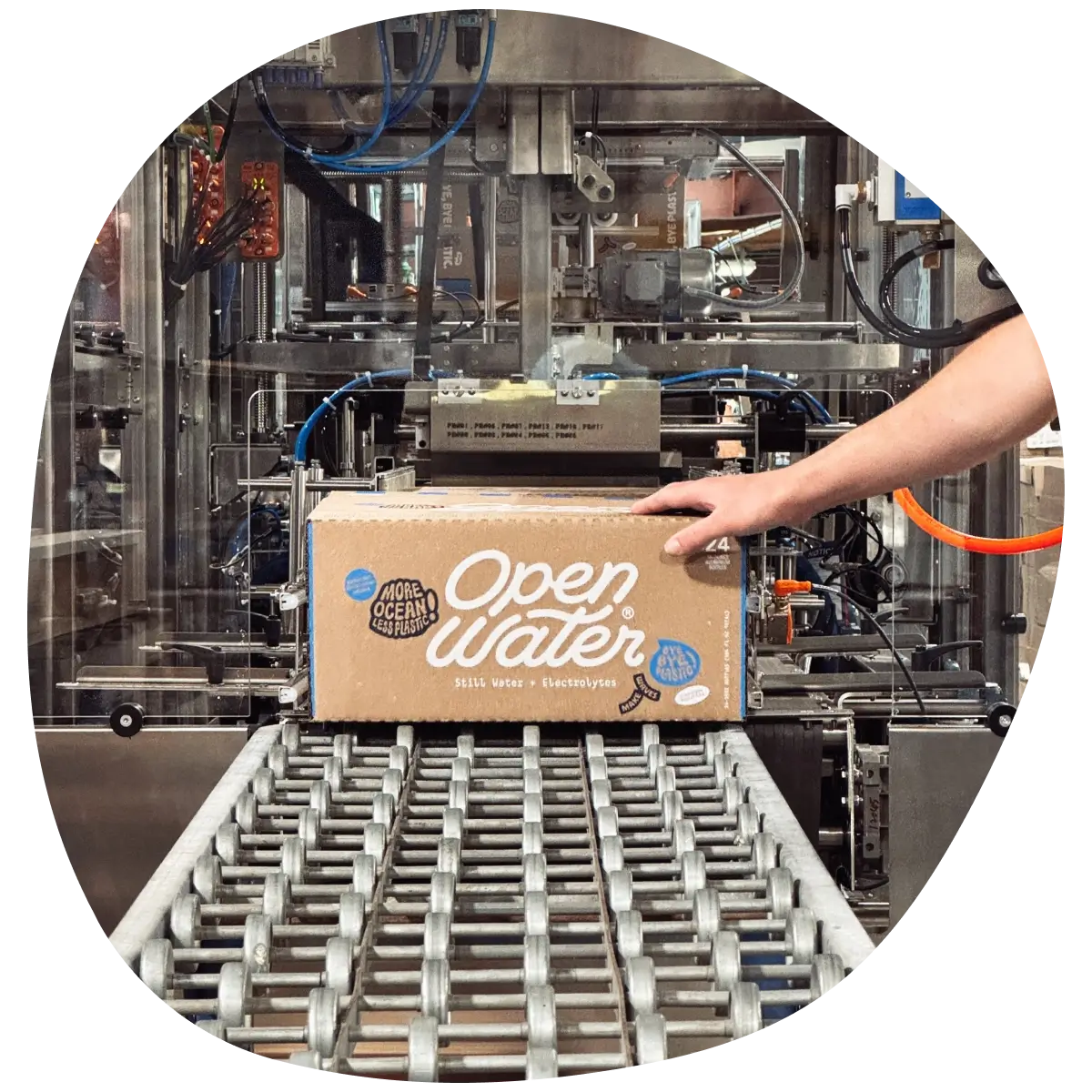
MINIMIZING OUR EMISSIONS
We're Investing in a Net Zero Future
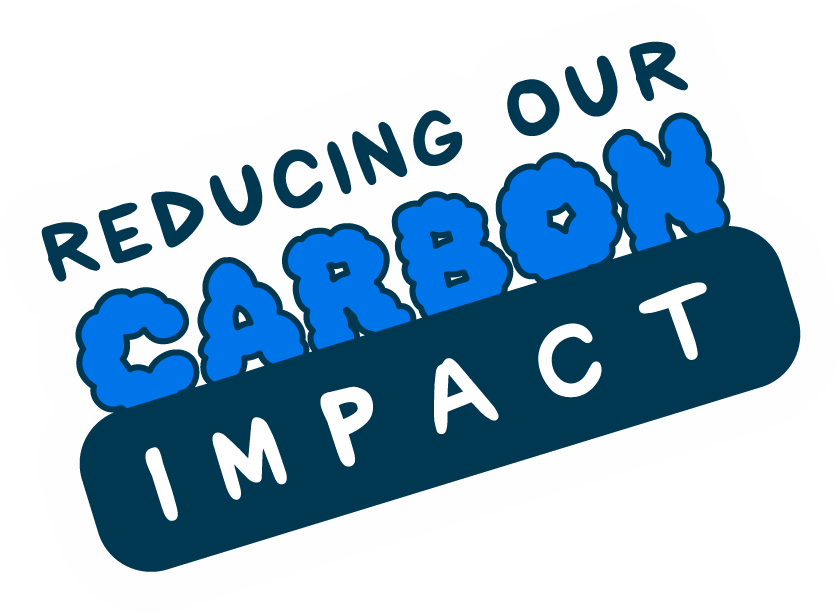
OUR GOAL
To provide the most sustainable bottled water option on the planet. By using infinitely recyclable all-aluminum bottles and cans, our products already offer the best end-of-life prospects out of any packaged-water option out there, but we wanted to do more.
THE PROBLEM
Carbon emissions are one of the biggest, most immediate threats to the health of our oceans. We are producing CO2 faster than our planet can absorb it. The excess carbon dissolves into bodies of water, and the hydrogen ions cause the pH of the water to become more acidic. This impacts plankton and has a domino effect up the entire marine food chain.
THE SOLUTION
We’re measuring and finding ways to reduce emissions across our supply chain (from the power it takes to run laptops to what goes into making and shipping products). What we can't reduce, we offset by purchasing 3rd party verified carbon offsets for projects related to renewable energy, improved forest management and conservation, and the reduction of waste and industrial emissions.
Some of the Carbon Offset Projects We've Invested in Over the Years
And the ones we're invested in currently: AB1305 disclosure for Voluntary Carbon Markets
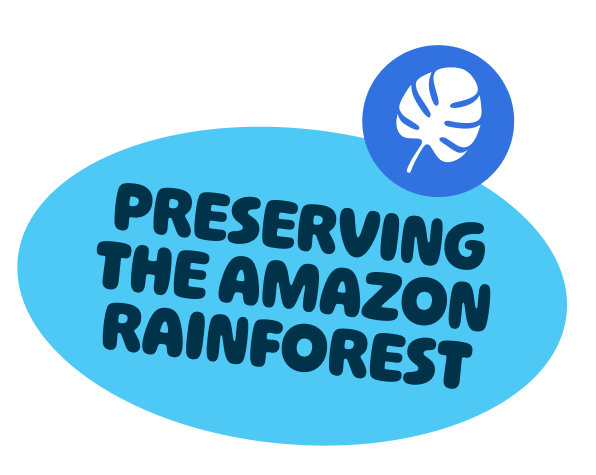

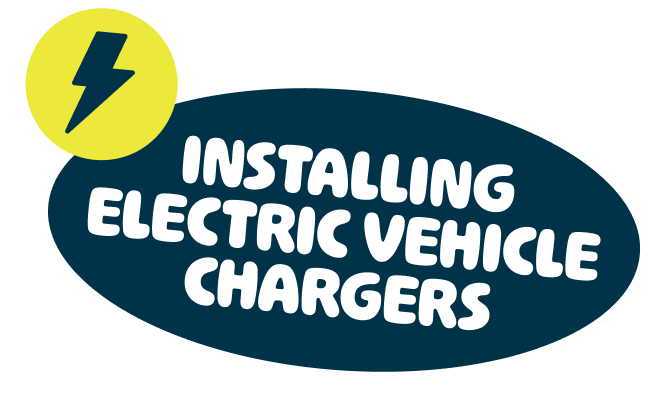
learn more
OUR IMPACT

Well…what about emissions?
Open Water measures, reduces, and invests in offsets every year.
Learn More
So... what about cartons?
They’re recycled less often than plastic bottles. Here’s the cold, hard truth.
Learn More


So…where does the water come from?
Sourced as locally as possible to minimize transport emissions.
Learn Morebye, bye plastic
SHOP OPEN WATER
Ultra-purified, electrolyte-packed canned water in BPA-free aluminum packaging.

